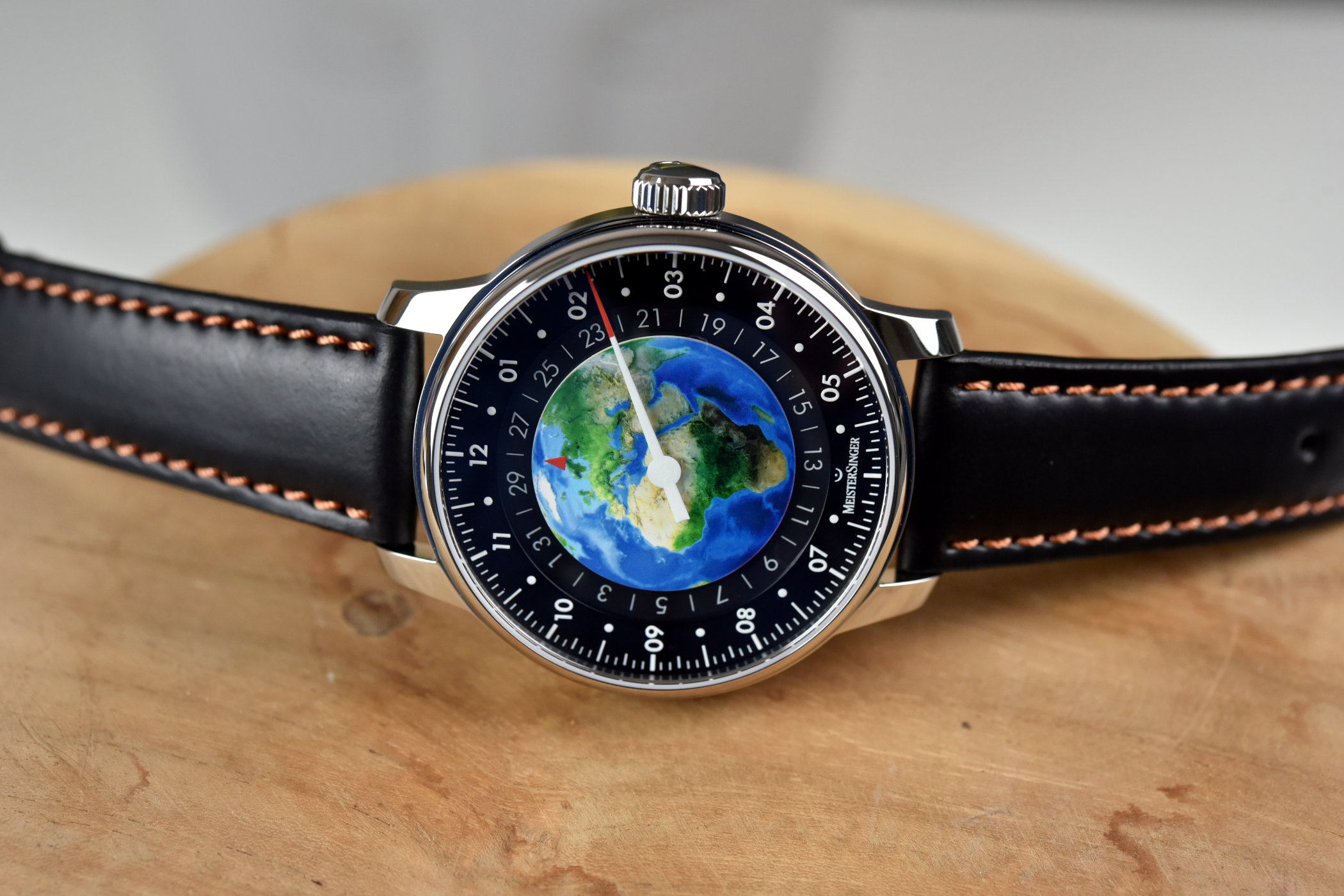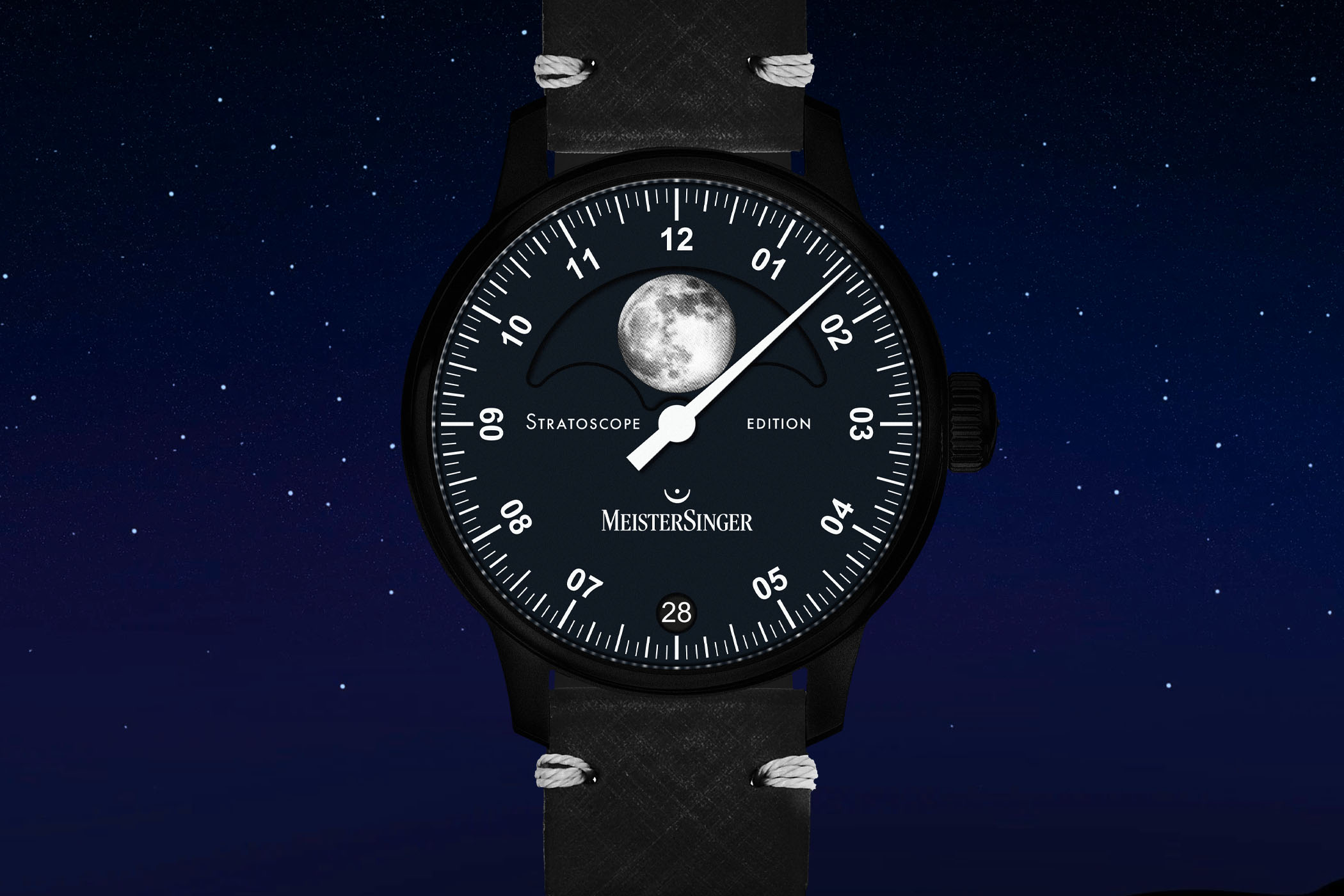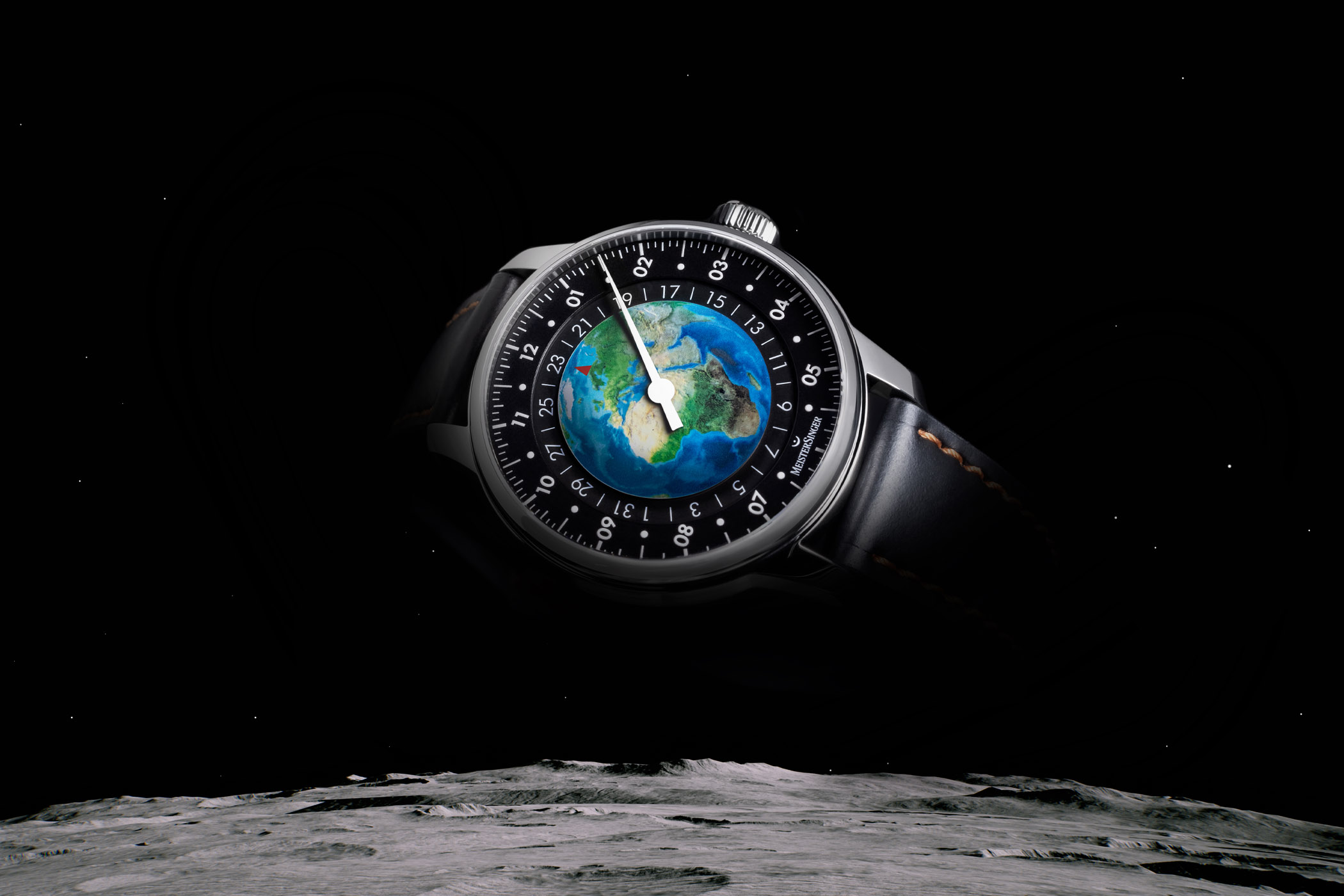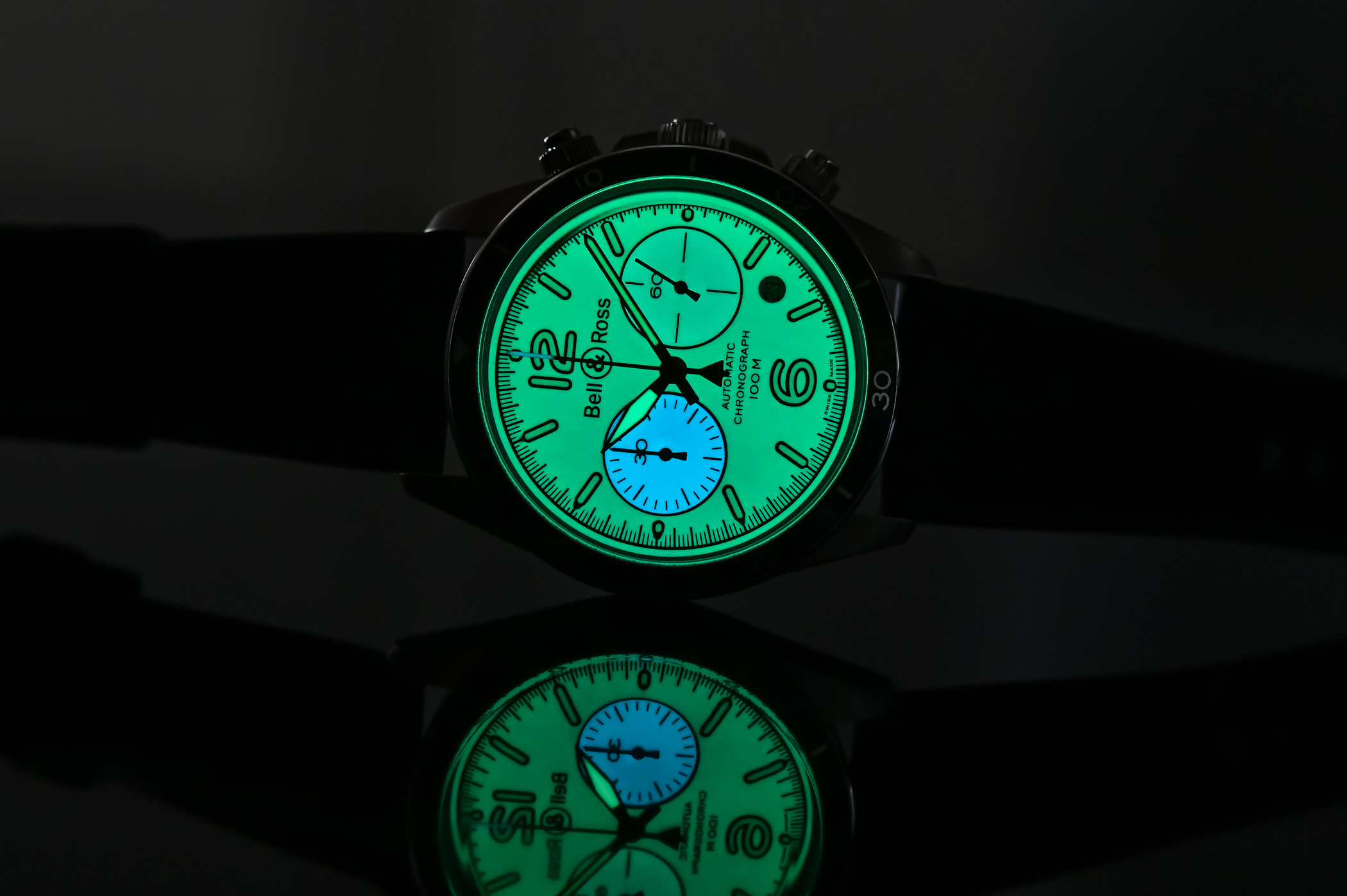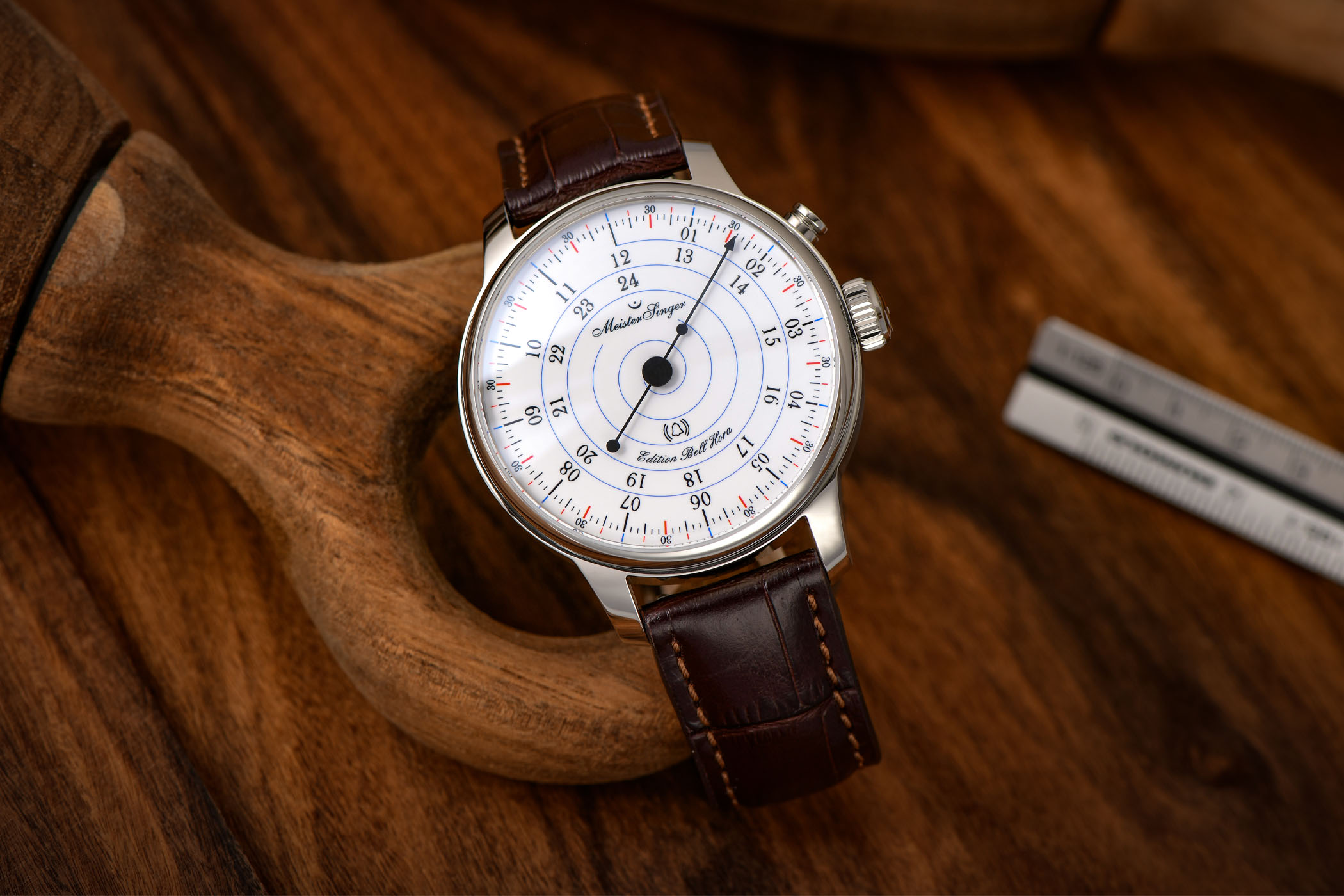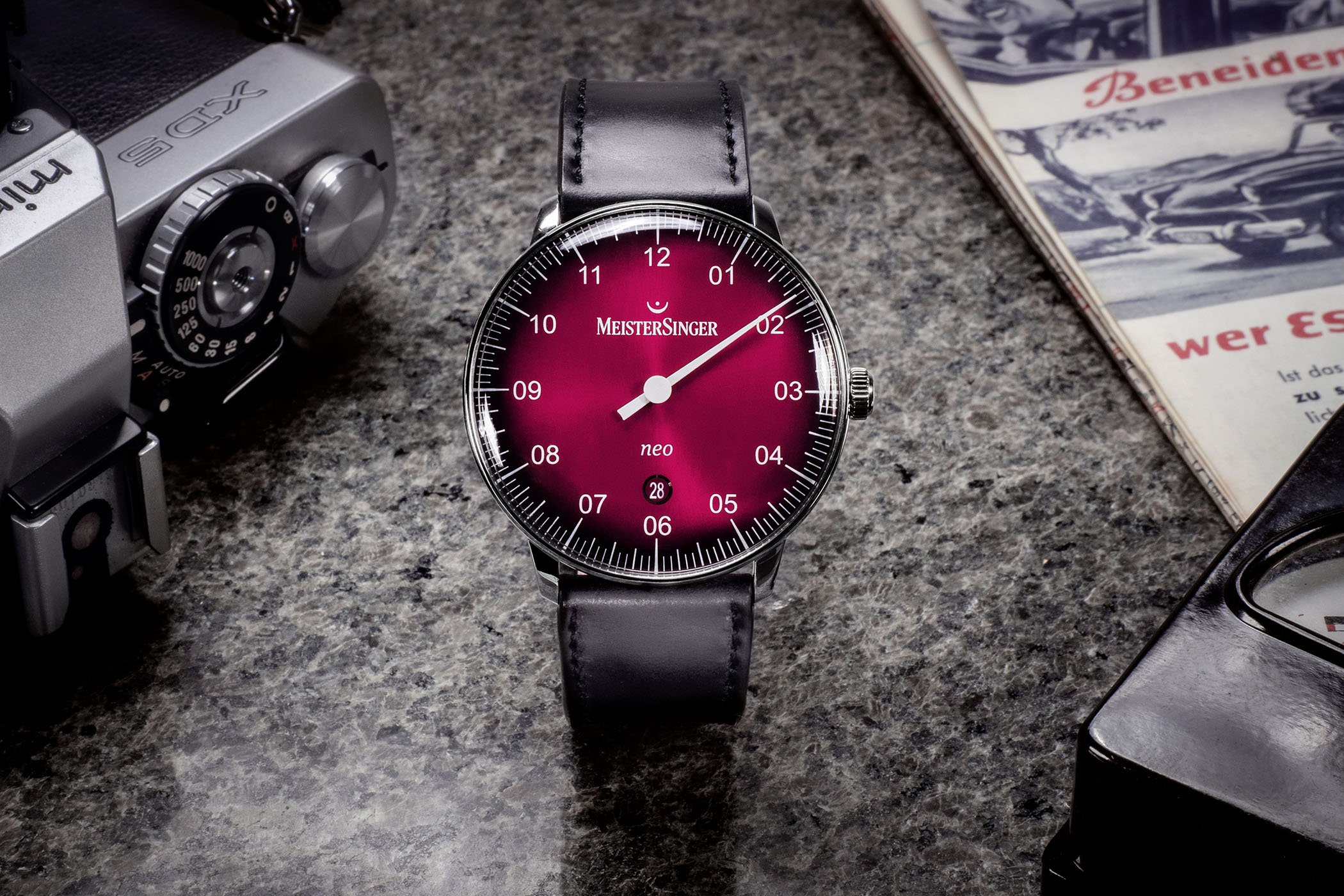MeisterSinger
German luxury watch manufacturer

MeisterSinger was founded in 2001 by Manfred Brassler in Münster, Germany following the sale of his previous company, Watch People, in 1999. A self-taught jeweler, his goal was to produce high-end mechanical watches with simple, distinctive features that really set them apart. He went with single-hand dials that hearken back to the days of sundials and single-hand clock towers of the Middle Ages (such as Westminster Abbey). A MeisterSinger was a German singer from the 15th and 16th centuries that was able to reach a new note (introduce a new melodic element) and the brand's logo is a fermata, the pause symbol in musical notation. The single hand slows things down, removing the constant reminder of the passage of time. During the Middle Ages, rural populations would rely on the single hand of distant clock towers to guide their daily schedules. The more immediate minute and seconds hands were unimportant. That certainly doesn't mean that MeisterSinger watches are simply archaic symbols of the past. They're both innovative and easy to consult, and many models sport advanced complications like jumping hours, dual time zones, moon phase and power reserve indicators. Dials are often modeled after modern single-hand gauges (pressure gauges, altimeters, etc.) and all single digits start with a zero (01, 02, 03, etc.). MeisterSinger began using its own proprietary movement (developed with a Swiss partner) in 2014 with the Circularis model. The hand-wound MSH01 calibre helped mark the next chapter for the brand.
The original MeisterSinger was aptly named N°01 and featured a simple, highly legible dial with five-minute divisions and single hand. It was a hand-wound piece and established the aesthetic for virtually all future models. A special edition series of the N°01 was released in 2017, the No. 01 City Edition, featuring 45 models that celebrated individual cities where its retailers were based. A printed silhouette of a city’s skyline on the sapphire caseback and special engravings differentiated the watches. Another special edition is the Westminster Abbey model, featuring a dial mimicking the famed Westminster Abbey clock (installed in 1738). This piece uses a hand-wound ETA (Unitas) 6498-1. The N°02 and N°03 models followed in varying sizes and the current portfolio is extensive, including the Circularis, Vintago, Pangaea, Metris, Lunascope, Perigraph, Salthora Meta, Urban, Phanero and Neo collections.
More complex models with advanced complications include the Salthora Meta X, who’s single hand indicates minutes instead of hours as there’s a jumping hour at 12 o’clock. This is one of the rare MeisterSinger watches to feature multiple time registers with both hours and minutes. The piece also has the jumping hour mechanism visible through the dial, showcasing a “how it works” visual. This is a limited edition to the Salthora Meta Transparent (that doesn’t have a rotating bezel) and several other jumping hour models use a non-transparent dial. The Pangaea Day-Date has a day/date displayed via rotating discs around the single hand with the days in an inner ring and date in the outer ring. The Lunascope features an oversized moon phase at the top and round date window at the bottom. Many moon-phase watches need to be adjusted one day every third year, but the Lunascope’s specially developed movement allows for only one adjustment every 128 years. The Urban Day-Date was recently introduced with a Miyota automatic, bringing a new entry-level collection priced below EUR 1,000. Not all of the brand’s watches use a single hand, although these examples are exceptionally rare. The Peter Henlein Edition featured the hand-wound calibre MSH01 from the Circularis model and the dial had both a central minute and seconds hand (the seconds hand was also a prerequisite for testing as a chronometer). Coming with an 18K gold case and high price tag, this MeisterSinger broke many rules. The Sungulator was a regulator watch with three hands in separate registers (the hour hand remained central and prominent) and the Paleograph was a mono-pusher chronograph featuring four hands in total. Many models have a power reserve indicator as well, although that’s not a second hand for measuring time.
MeisterSinger is a relative newcomer to the industry, but Manfred Brassler quickly and successfully established the single-hand design that defines his company. This isn’t the first or only brand to produce single-hand watches, but its commitment to the style far outweighs what competitors have done. No other brand is so closely associated with this aesthetic and with the continual inclusion of complications and evolution in design, the concept remains fresh and intriguing after almost two decades.




